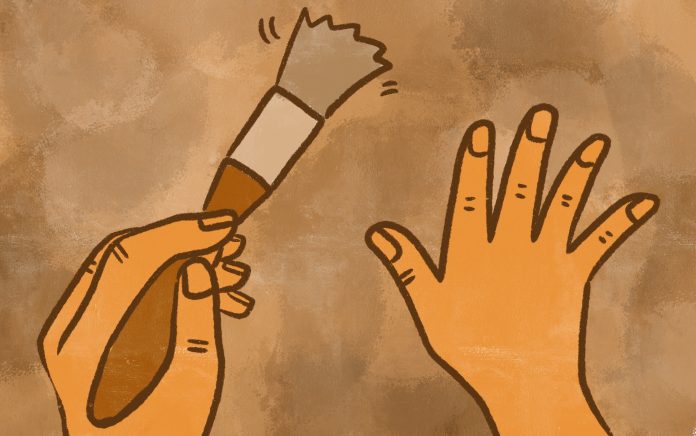Eric Kwon
Science & Technology Editor
Archeology is often stereotyped as a methodology preoccupied with bones of the past that offer little relevance to our understanding of the world. In an interview with The Bottom Line, anthropology PhD student Sarah Noe revealed how this is far from the case. Recently, she published an archeological paper covering a project she undertook at Mission Santa Clara de Asís.
Noe had already experienced working on historical colonial sites, but her previous expeditions were situated specifically on the East Coast and the Southwest. Her PhD program at UC Santa Barbara (UCSB) offered her the opportunity to work in California for the first time. Encouraged to focus on California archeology by the university, she was able to situate herself at excavations in Santa Clara University. Citing how close the institution is situated with Mission Santa Clara de Asís, Noe mentioned, “Anytime any construction goes on at the university, there has to be archeological work conducted.”
Noe looked at assemblages of trash pits that encompassed the entire mission period, allowing her to look at the Native American diets at Santa Clara. Though she knew from previously conducted research that Native Americans did indeed continue their traditional diets, the fragmentation of the bones she examined were surprising.
“In a lot of sites where you have tiny little bone fragments like this, especially in historic sites,” as she scrunched her fingers close together to show the bones’ size, “the fragmentation is due to construction.” Noe was able to determine that the bones were freshly broken (meaning, broken right after the animal died) rather than having been broken later through inevitable processes like construction, weather deterioration, and so on.
She explained that though these Native Californians did transition to colonial diets — a natural result of agricultural exchange and colonization in the missions — they made these colonial foods in their unique methods of food preparation. In this case, specifically mammalian meat, in a process which they had refined for thousands of years. Even with a distinctly changing landscape for the Natives in these missions, there was a persistence that kept their practices alive, and still keeps them alive to this day.
Relating to this site of the excavation, Noe also remarked a bit about the strangeness of the culture surrounding missions in general. “It is really poorly represented for two reasons. First of all, these sites are colonial sites. They are not beautiful places. They are sites of profound tragedy, truthfully. But second, there is this weird idea too, that the mission site, the mission period in California was just the end of Native American life.”
With her archeological work, that is obviously not the case. Through Noe’s work and other archeological projects, the truth of persistence under colonialism can be revealed.
This type of work is important in another aspect. Noe candidly acknowledged how “archeology, as a field, has been going through kind of a reckoning in the past decade — as it should be. Because oftentimes, the research and the results were founded in these pretty terrible, racist, and systemic ideas that we are really trying to push back against.”
Noe planned next to look at archeological remains that point to the Spanish diet, which in turn can give more context on these Native diets. Knowledge on the Spanish diet can help provide a sort of framework for comparing and contrasting between the two.
Though Noe’s work encompassed small bits of a bigger project, it is important nonetheless. She demonstrated how important archeology can be, not only to just reveal “how people lived back then,” but also to dispel myths and to contribute to a narrative of colonial resistance through persistence.











